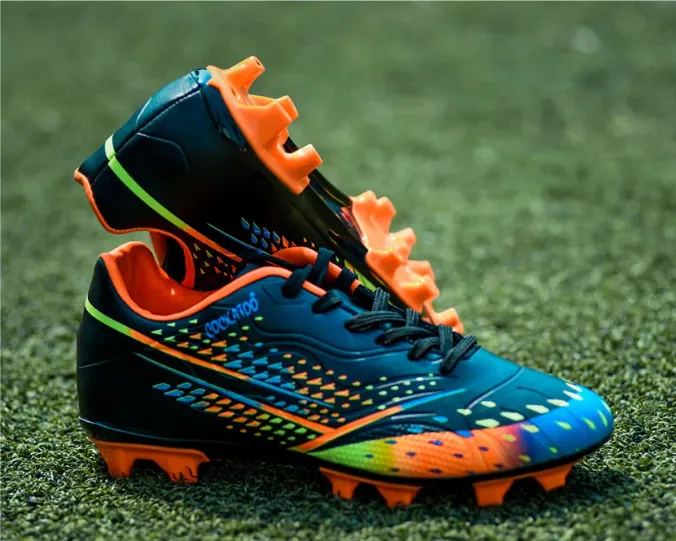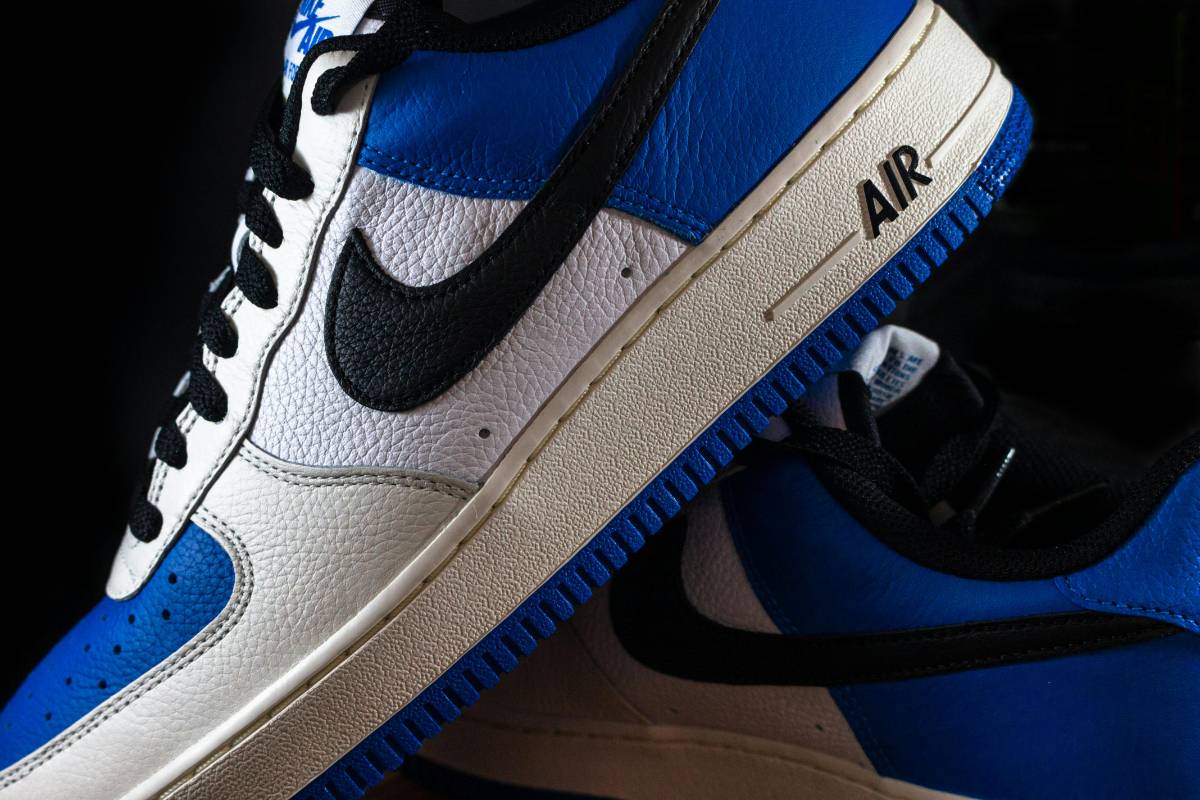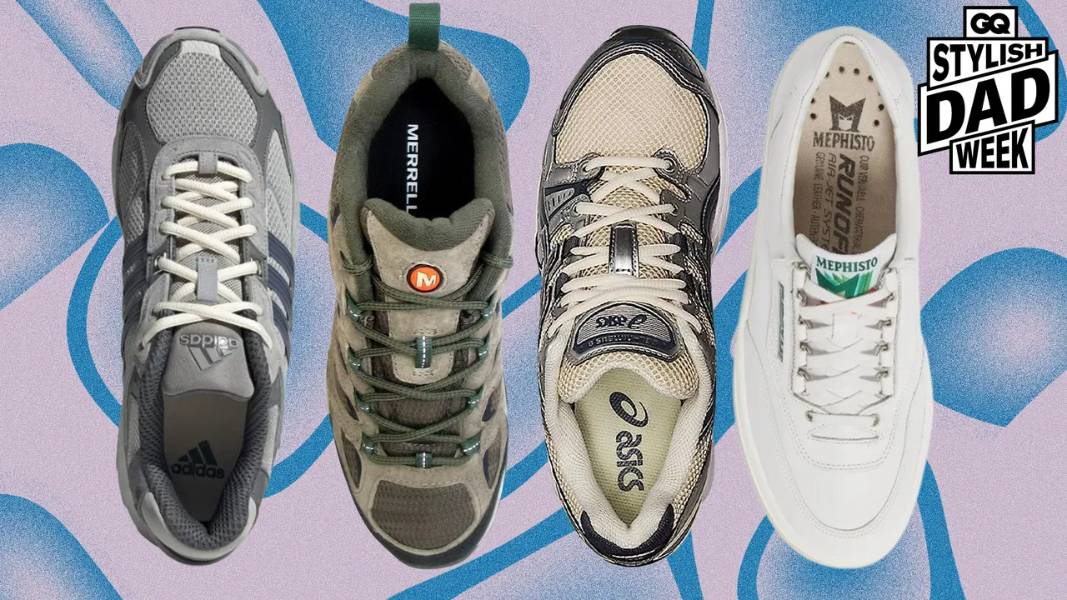Exploring the World of Athletic Footwear: Beyond Just Running


Athletic footwear has evolved to cater to a wide array of sports and activities beyond just running. This article explores the innovations that are transforming athletic shoes for various disciplines, examining their historical evolution, biomechanical significance, technological advancements, sustainability, and future trends.
Introduction
The significance of athletic footwear extends beyond mere functionality; it influences sports performance, injury prevention, and even fashion. With advancements in materials, biomechanics, and technology, athletic shoes have transformed into performance-enhancing tools tailored to various activities, ensuring athletes and casual users experience maximum comfort, efficiency, and durability.
The Evolution of Athletic Footwear
Athletic shoes have come a long way from simple rubber-soled sneakers to the high-tech performance models of today. The first known athletic shoes, created in the 19th century, featured canvas uppers and vulcanized rubber soles. Over time, innovations such as air cushioning, gel-based shock absorbers, and lightweight mesh uppers revolutionized footwear for sports and physical activities.
In the 1970s, brands like Nike and Adidas introduced running shoes with enhanced arch support and cushioned soles. The 1980s and 1990s saw the rise of cross-trainers, basketball shoes with ankle support, and hiking boots with rugged traction. Today, brands use 3D printing, AI-powered designs, and smart shoe technology to enhance performance and comfort.
Innovations in Athletic Shoe Design
Modern athletic footwear incorporates advanced materials and engineering for superior comfort and performance. Here are some groundbreaking innovations:
1. Energy-Return Midsoles: Technologies like Adidas Boost and Nike's React foams improve energy efficiency, reducing fatigue during extended activities.
2. Smart Cushioning Systems: Some running shoes feature gel-based or air-infused midsoles that adapt to an athlete's stride.
3. Lightweight and Breathable Materials: The use of engineered mesh, Flyknit, and Primeknit uppers enhance breathability and fit.
4. Carbon Fiber Plates: Used in elite racing shoes to enhance propulsion and speed.
5. Adaptive Fit Technology: Self-lacing shoes and AI-generated custom fits help provide a personalized experience.
Sport-Specific Footwear Enhancements
Different sports require unique shoe features to maximize performance and minimize injuries:
1. Running Shoes: Designed for forward motion with shock absorption and energy return to reduce impact.
2. Basketball Shoes: Built with ankle support, responsive cushioning, and enhanced traction for quick lateral movements.
3. Tennis Shoes: Reinforced toe caps and lateral stability to handle sudden direction changes.
4. Hiking Boots: Waterproof materials, ankle protection, and aggressive outsoles for rough terrains.
5. Cross-Training Shoes: A hybrid design offering flexibility and support for gym workouts and multiple sports.

Biomechanics and Injury Prevention
A well-designed athletic shoe can significantly reduce the risk of injuries. Biomechanics experts emphasize the importance of arch support, pronation control, and shock absorption. Poorly designed shoes can lead to conditions like plantar fasciitis, shin splints, and stress fractures.
Experts recommend choosing shoes based on foot type:
1. Neutral Arch: Balanced cushioning with moderate support.
2. High Arch (Supination): Cushioned shoes with flexibility to prevent excess strain.
3. Low Arch (Overpronation): Stability or motion-control shoes to enhance alignment and reduce inward rolling.
Sustainability in Athletic Footwear
With growing environmental concerns, leading brands have embraced sustainable practices in athletic shoe production.
1. Recycled Materials: Many brands use recycled polyester, ocean plastic, and bio-based materials to reduce waste.
2. Eco-Friendly Manufacturing: Waterless dyeing, reduced carbon emissions, and biodegradable shoe components.
3. Circular Economy Initiatives: Programs that allow customers to return old shoes for recycling and repurposing.
Nike's Move to Zero and Adidas End Plastic Waste initiatives are examples of companies pushing for sustainability in sportswear.
Consumer Trends and Buying Behavior
The demand for athletic shoes has expanded beyond athletes, with sneaker culture booming worldwide. Consumers now seek versatile footwear that blends style, performance, and comfort. Limited-edition collaborations, celebrity endorsements, and digital customization options have further influenced purchasing decisions.
The rise of e-commerce and AR (Augmented Reality) fitting technology has also made online shoe shopping more convenient and accurate.
Future of Athletic Footwear
As technology continues to evolve, the future of athletic footwear looks promising:
1. Smart Shoes: Integration of sensors to track performance, gait, and pressure distribution.
2. AI-Powered Customization: Machine learning algorithms that recommend the best fit based on individual biomechanics.
3. Sustainable Innovation: More brands shifting toward biodegradable materials and closed-loop recycling.
4. 3D Printing: On-demand, tailor-made shoes reducing waste and improving personalization.
Conclusion
Athletic footwear has come a long way from simple sneakers to technologically advanced performance gear. Whether for professional sports, casual wear, or sustainability-conscious consumers, modern athletic shoes blend innovation, biomechanics, and design to meet diverse needs. As research and development continue, we can expect even more groundbreaking advancements in the industry.
Must Reads

Nike Air Force 1 Review: Is It Still a Must-Have in 2025?
The Nike Air Force 1 has been an icon in the sneaker world for decades. But as trends evolve and new technologies emerge, is this classic sneaker still a must-have in 2025?


Nike Dunk Low vs. Air Jordan 1: Which One Should You Buy?
Nike Dunk Low and Air Jordan 1 are two of the most iconic sneakers in history. But if you’re choosing between them, which one is the better buy in 2025? Let’s break it down.


Futuristic Sneakers: The Next Wave of Innovation
The sneaker industry is evolving rapidly, with new technology and design innovations shaping the future of footwear. This article explores the latest futuristic sneakers making waves in the market.


U.S. Sneaker Trends: The Most Loved Brands and Models This Year
Sneakers are more than just shoes; they're a statement of style, comfort, and performance. In 2025, the U.S. sneaker market has seen some exciting trends and developments, with new brands and models rising to the top. From athletic shoes designed for performance to stylish, everyday wearables, sneaker trends this year have been all about versatility and innovation. Here’s a breakdown of the most loved brands and models that are defining the sneaker scene in the U.S.

